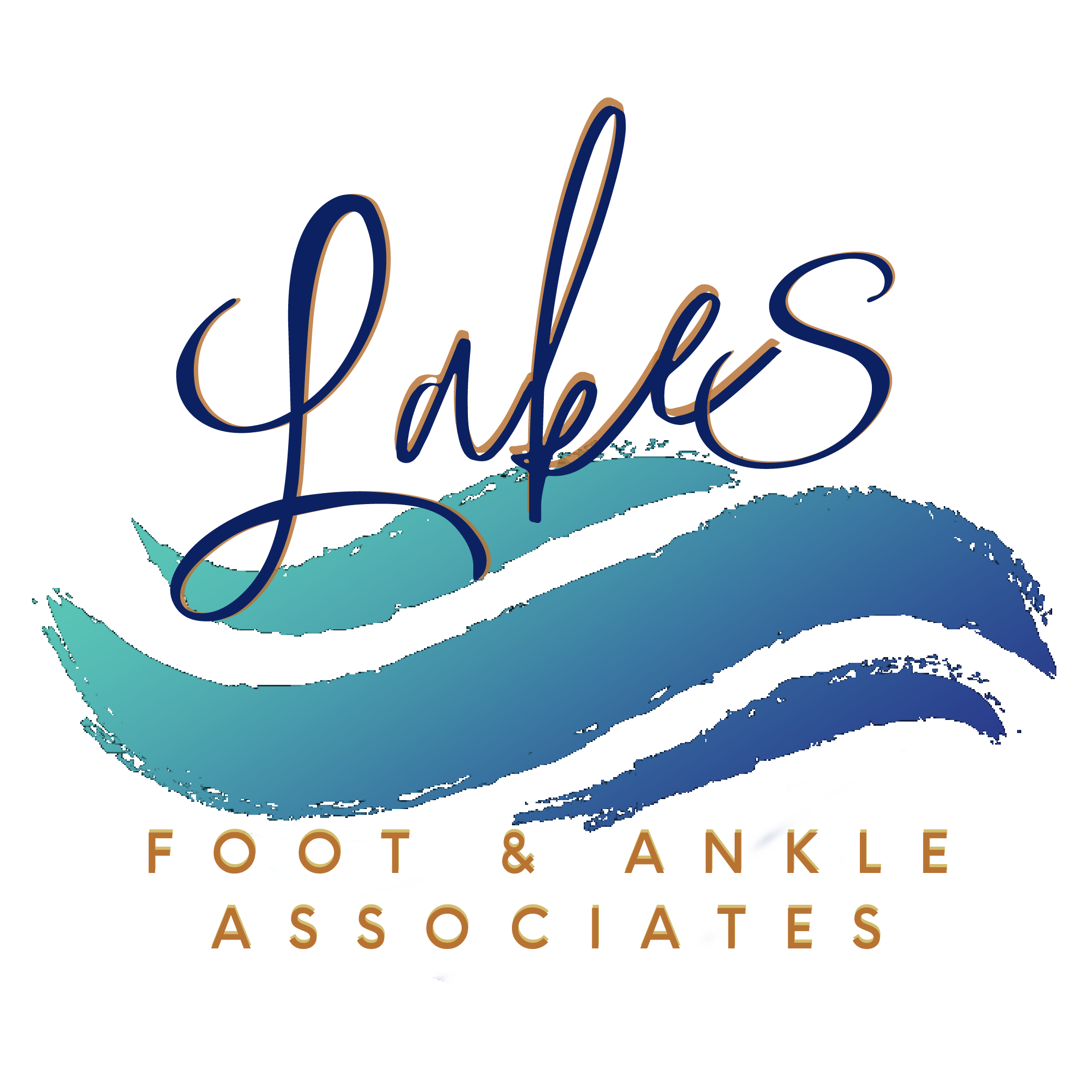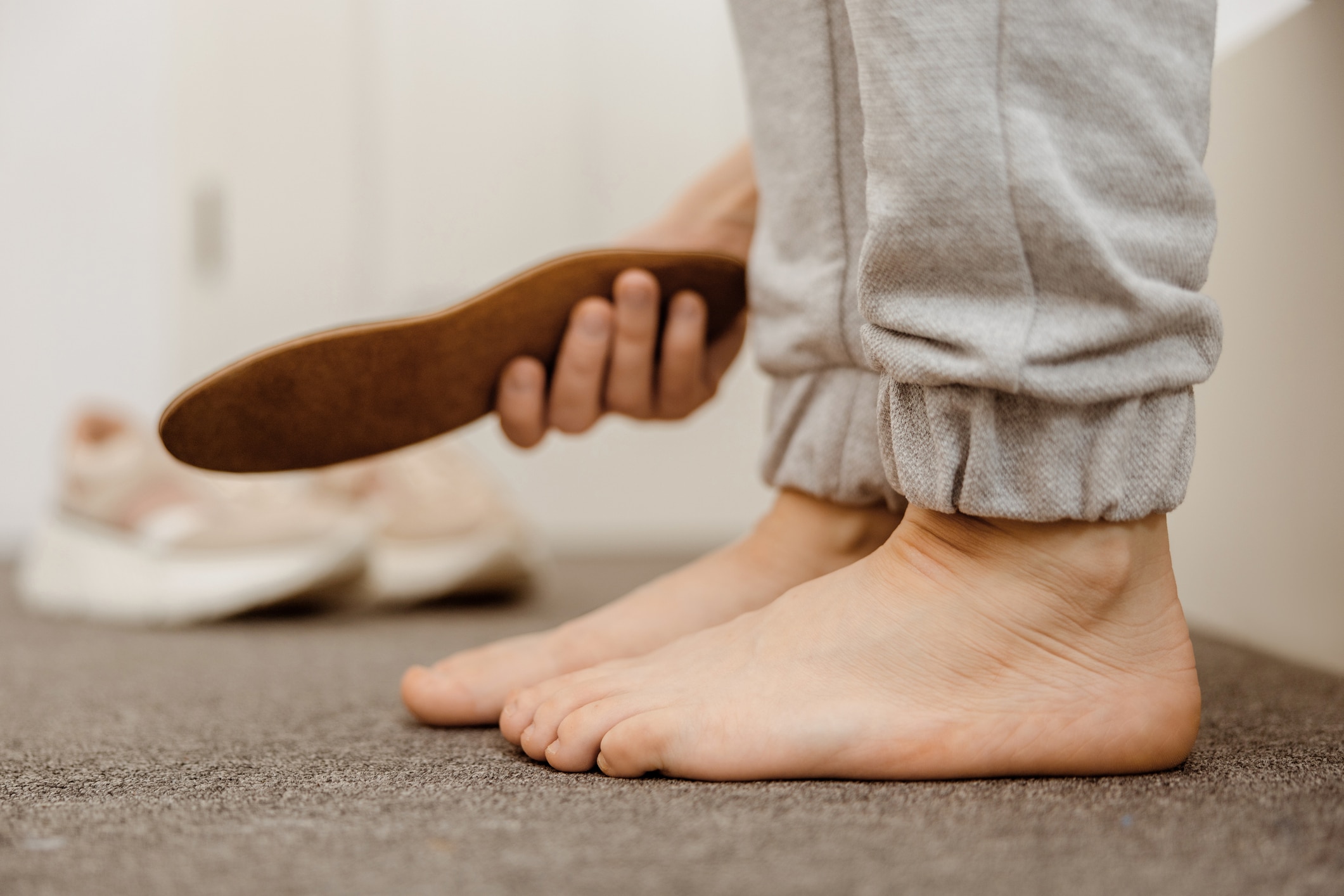If you regularly experience heel pain, ankle pain or even conditions such as corns, calluses, or frequent ingrown toenails, the biomechanics of your feet and ankles may be to blame.
At Lakes Foot and Ankle Associates, we can expertly determine the source of problems related to biomechanics and provide the necessary treatment to provide you or a loved one the relief you need.
What are Biomechanics?
In a nutshell, biomechanics is the study of structure and motion in living creatures.
You may have heard your body described as similar to a car before, and that really isn’t too far off. Although getting around in both a car and on foot can feel quite simple, the reality is that there are complex structures in place to make that possible.
One foot alone contains 26 bones, 30 joints, and more than 100 soft tissues – including muscles, ligaments, and tendons. Proper, comfortable motion means many of those parts have to work together not only with each other, but the structures of our legs and other parts higher up as well.
And just like with a car, trouble can begin when something in the system is out of form.
How Faulty Biomechanics Can Cause Foot Pain and Problems
When your car is out of alignment, one of the telltale signs is faster, uneven wear on your tires. This is due to the weight of the car being improperly distributed as you drive, resulting in excess pressure and force on areas where it shouldn’t be.
Similar problems can happen due to abnormal foot structure or movement. As we move, our weight becomes unevenly distributed, concentrating in areas that may not have been made to handle such forces. The result can eventually be a strain, injury, or other symptoms.
Common types of biomechanical abnormalities include:
- Flat feet. In this condition, the foot has little or no arch. This leads to more of the foot pressing against the ground as one walks. People who have flat feet are more likely to develop plantar fasciitis and tendinitis.
- High arches. Also known as cavus foot, this is generally the opposite of flat feet. The arch has formed higher than standard, leading a person to carry more weight on the heels and balls of the feet. People with high arches tend to have a higher risk of ankle sprains and instability, as well as metatarsalgia and toe problems.
The above abnormalities can also affect the ways in which the feet and ankles move. Flat feet typically increase the chances of overpronation, in which the foot rolls too far inward during a standard walk cycle. High arches are more likely to lead to supination, in which the foot rolls too far outward.
Having a biomechanical abnormality such as any of the above is not a guarantee that you will develop pain, discomfort, or other problems. There are many people with flat feet, for example, who do not experience any symptoms and therefore require no treatment.
For others, however, their biomechanics can lead to problems not just in the feet or ankles, but in the knees, legs, hips, or lower back as well, due to the body having to adjust the way it moves further up the line in order to remain more stable.
Treating Biomechanical Problems
Structural abnormalities themselves cannot be corrected without surgery. That said, we almost always don’t need to “fix” the structure of the foot in order to provide substantial relief from the problems it causes.
In most cases, our treatment plan will consist of conservative measures intended to address the symptoms caused by abnormal biomechanics, as well as greatly reduce the risk of further problems occurring in the future.
Parts of an overall treatment plan may include:
- Changes to footwear that are more accommodating to your structure and help control excess motion.
- The use of custom orthotics to more properly redistribute weight across your feet as you walk.
- Stretching and exercise regimens to build strength and conditioning in more vulnerable areas of the feet and ankles.
- MLS laser therapy to aid pain relief and recovery of strained soft tissues.
Surgery would only ever be considered if conservative treatments have failed to provide the results that we are looking for, or it is clear from the outset that they would not. Again, this is a very rare occurrence; the vast majority of cases can be addressed through non-surgical means. If surgery is determined as a potential route of treatment, we will always fully discuss all of your potential options with you so you can make the best-informed decision for your needs.
How Can We Help Your Feet Feel Better?
Aches, strains, and other conditions that result from biomechanical problems are never something that anyone should “just learn to deal with.” Ignoring the symptoms can very well lead to them becoming worse over time.
The sooner you come to see us about any foot or ankle trouble you are experiencing, the sooner we can help you get to the root of the problem and find an effective solution. Whether custom orthotics, laser therapy, or simply rest and medication is best for your individual needs, we always want to make sure you receive it!
Schedule an appointment at our Commerce Township office by calling (248) 360-3888 or by filling out our online contact form.
| Monday | 8:30am – 5:00pm |
| Tuesday | 9:00am – 5:00pm |
| Wednesday | 8:30am – 5:00pm |
| Thursday | 9:00am – 6:00pm |
| Friday | 7:30 am – 4:00pm |
| Saturday | – Closed – |
| Sunday | – Closed – |



